- myFICO® Forums
- Types of Credit
- Credit Card Applications
- Re: Applying for a AMEX Personal Credit Card
- Subscribe to RSS Feed
- Mark Topic as New
- Mark Topic as Read
- Float this Topic for Current User
- Bookmark
- Subscribe
- Mute
- Printer Friendly Page
Applying for a AMEX Personal Credit Card
Is your credit card giving you the perks you want?
Browse credit cards from a variety of issuers to see if there's a better card for you.
- Mark as New
- Bookmark
- Subscribe
- Mute
- Subscribe to RSS Feed
- Permalink
- Report Inappropriate Content
Re: Applying for a AMEX Personal Credit Card
@sourpuss29 wrote:
@SouthJamaica wrote:[...]I know you only have 3 cards. I'm saying there should be 2 zero balances reporting, and 1 small balance reporting. And the card reporting the balance should not be the Chase card, but one of the other 2. Sorry if I was less than clear.Why is that?
Because Chase reports anytime you pay down to 0. So if it reports a balance as your card for AZEO, then you PIF (bringing it to 0), they will report, and your credit will show ALL cards at 0, which is a huge hit to your credit.


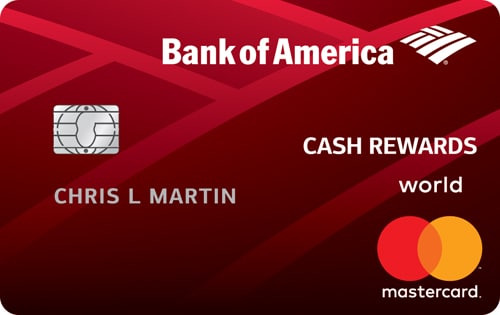
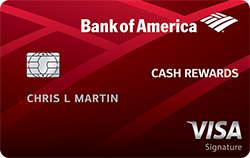


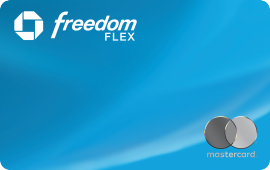
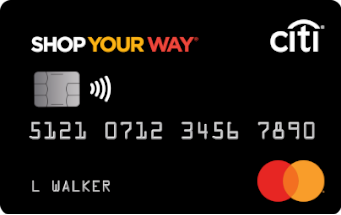
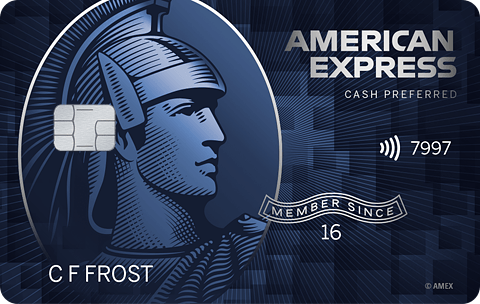 AU -
AU - 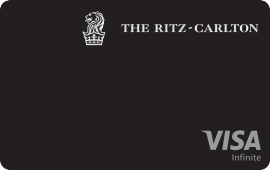 Biz -
Biz - 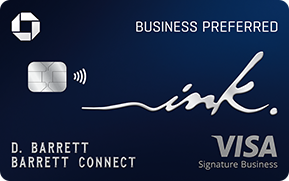
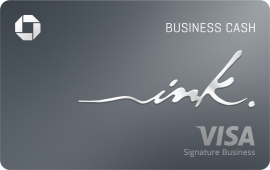
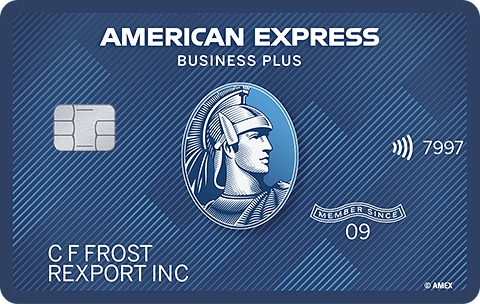
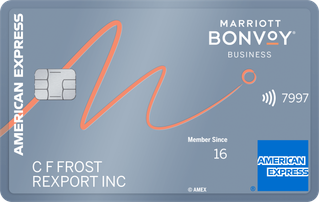 Sock -
Sock - 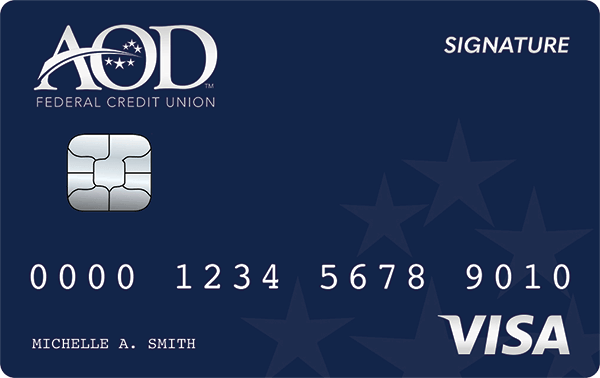

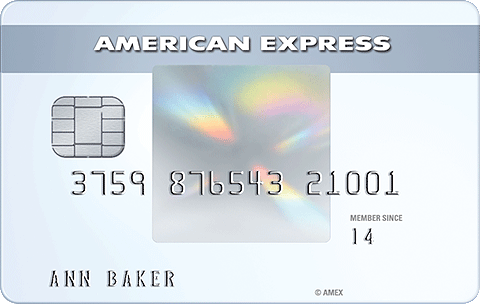
Debit Cards -
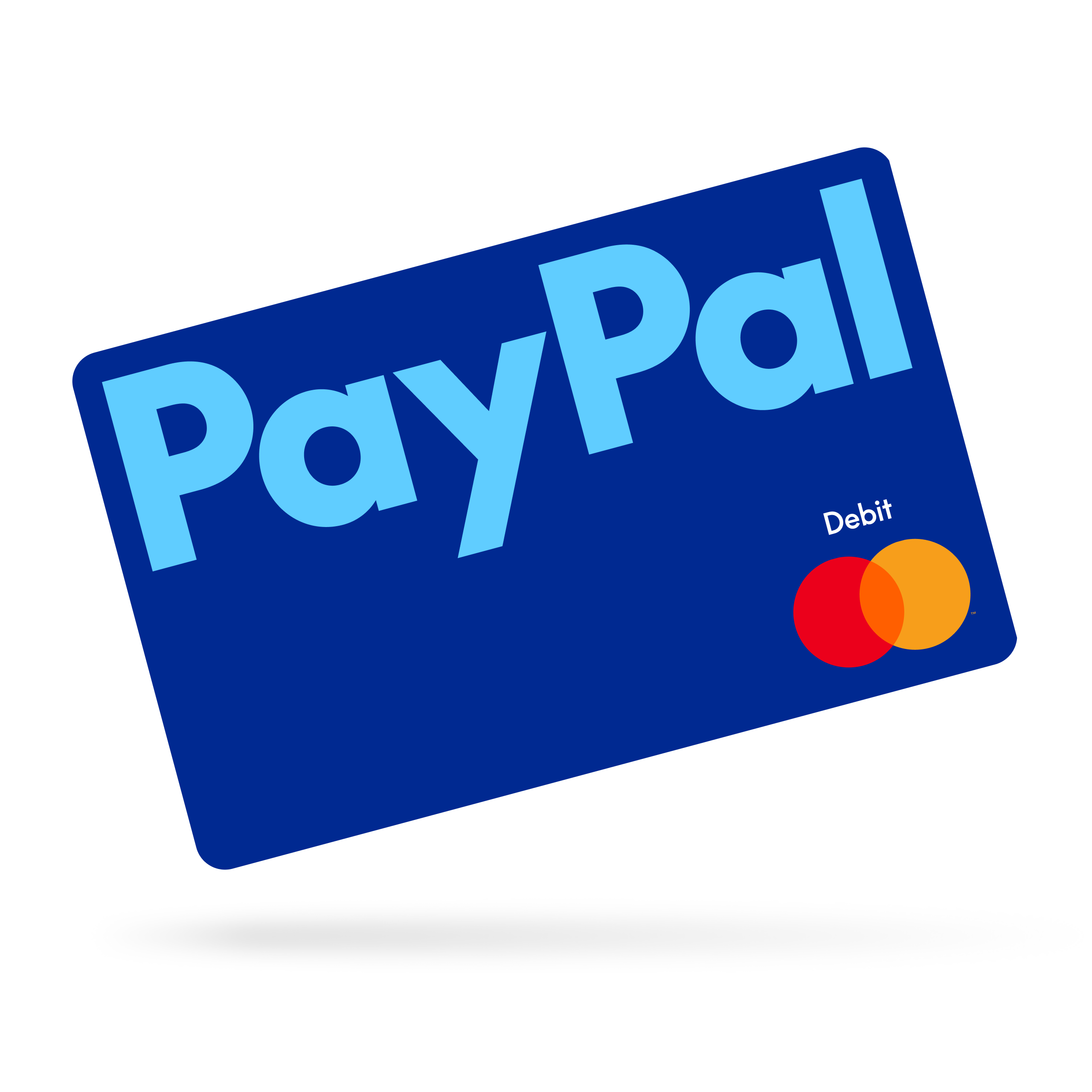
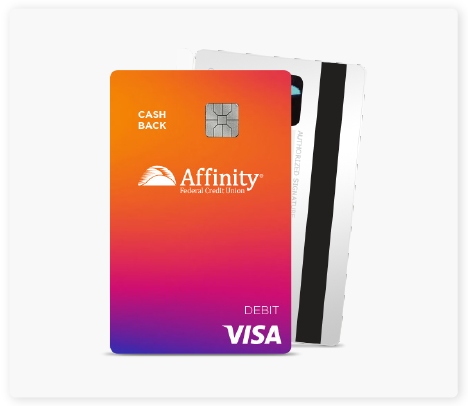
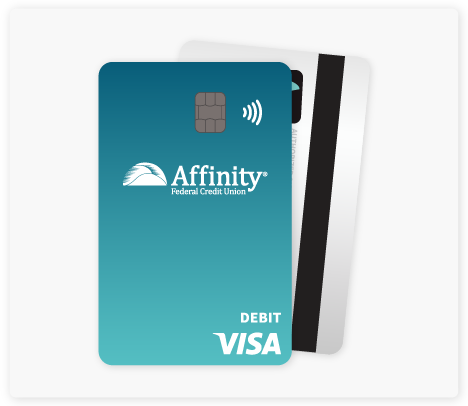 Chopping Block -
Chopping Block - 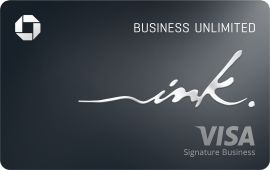
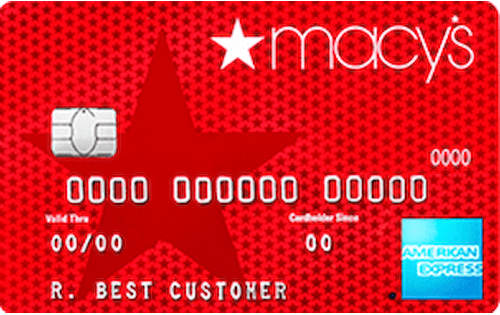




- Mark as New
- Bookmark
- Subscribe
- Mute
- Subscribe to RSS Feed
- Permalink
- Report Inappropriate Content
Re: Applying for a AMEX Personal Credit Card
Sorry new here... what are the acronyms ?
- Mark as New
- Bookmark
- Subscribe
- Mute
- Subscribe to RSS Feed
- Permalink
- Report Inappropriate Content
Re: Applying for a AMEX Personal Credit Card
@leo187um wrote:Assuming I keep my fico score at a 730 for a year, I would have 2 year credit history.. would I be likely to be approved for a platinum business without the personal? I have no relationship or history with Amex ... wouldn't mind getting the Amex personal if my probability is higher.. wouldn't want to apply to a business gold/credit and get dinged just to get an inquiry and have to wait again...
Assuming I get approved for an Amex in Dec 2023, Il be at 4/24... I still have room to apply to Chase... by 7/2024 Il be at 1/24 ..
1. Yes you would likely be approved. I believe when I was approved my score was in the 600's.
2. I have no reason to believe the personal has any different underwriting standards than the business.
3. Presumably your scores will be higher than 730, btw. Your profile desperately cries out for the passage of time. The passage of time without new applications will be like rain on parched earth, and your scores will flourish.

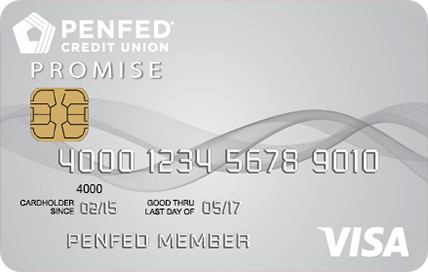


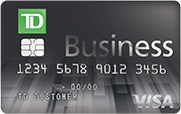

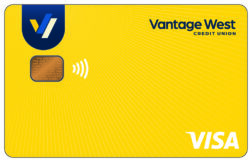
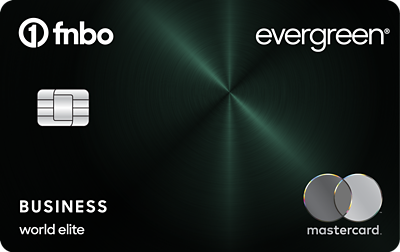
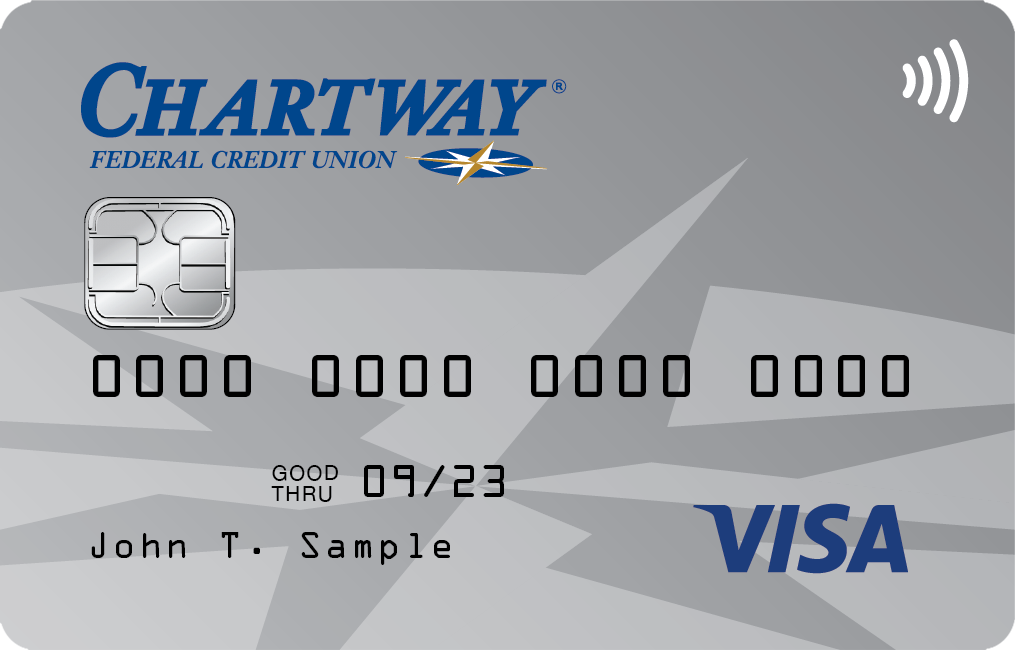


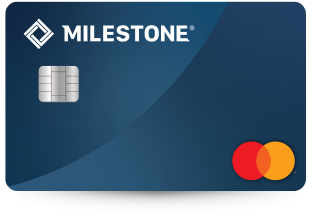
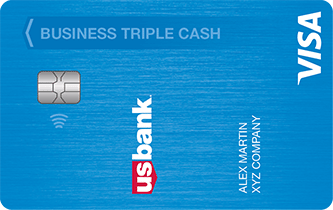

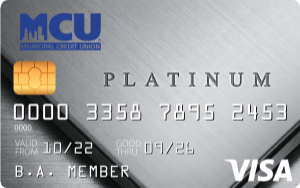
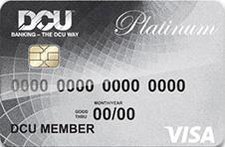
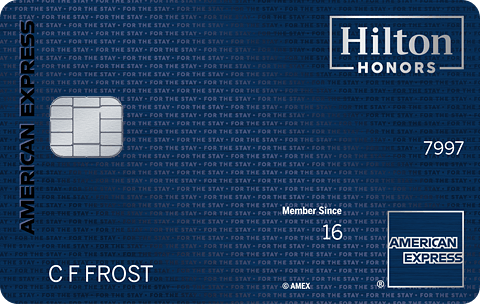
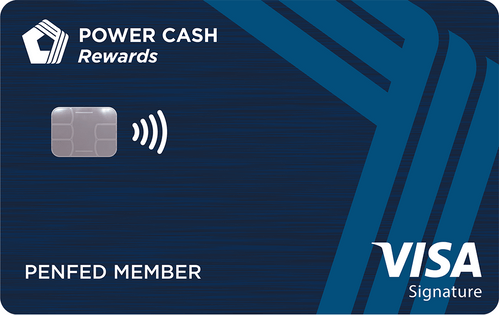
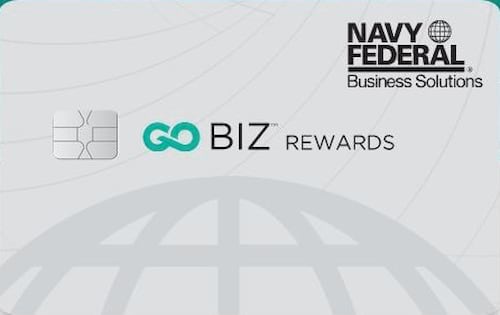
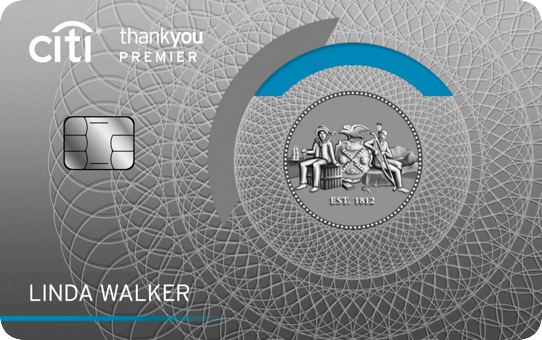
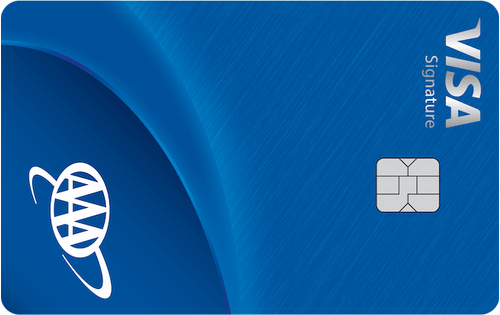
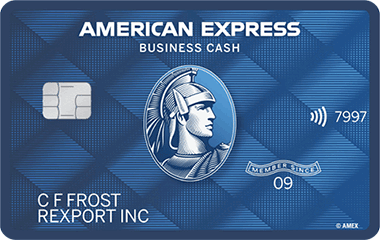
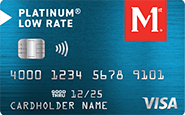
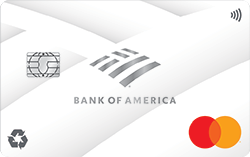

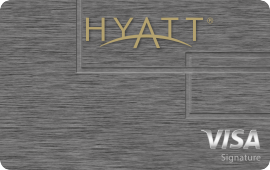
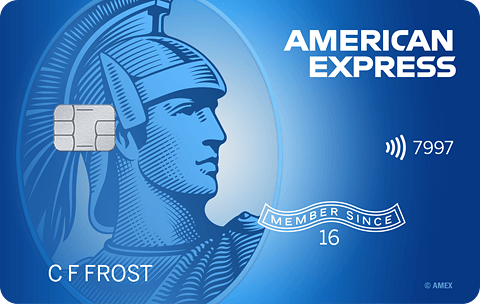




Total revolving limits 569520 (505320 reporting) FICO 8: EQ 689 TU 691 EX 682
- Mark as New
- Bookmark
- Subscribe
- Mute
- Subscribe to RSS Feed
- Permalink
- Report Inappropriate Content
Re: Applying for a AMEX Personal Credit Card
@sourpuss29 wrote:
@SouthJamaica wrote:[...]I know you only have 3 cards. I'm saying there should be 2 zero balances reporting, and 1 small balance reporting. And the card reporting the balance should not be the Chase card, but one of the other 2. Sorry if I was less than clear.Why is that?
Because when you pay a Chase card down to zero it reports immediately, mid-cycle, so it's no longer a balance-reporting card. I find that hard to keep track of. You can use it as a balance-reporting card if you're careful never to pay it down to zero.































Total revolving limits 569520 (505320 reporting) FICO 8: EQ 689 TU 691 EX 682
- Mark as New
- Bookmark
- Subscribe
- Mute
- Subscribe to RSS Feed
- Permalink
- Report Inappropriate Content
Re: Applying for a AMEX Personal Credit Card
@leo187um wrote:Also, if i need to garden and cannot apply for a year anyways... is it ok if I get lax on my BOA utilization over the next couple of months (to take advantage of the 0pct apr) as long as I'm at 1-4pct come application time?
Theoretically yes, since utilization has no memory. But I wouldn't. You never know when it might come up what your credit score is.































Total revolving limits 569520 (505320 reporting) FICO 8: EQ 689 TU 691 EX 682
- Mark as New
- Bookmark
- Subscribe
- Mute
- Subscribe to RSS Feed
- Permalink
- Report Inappropriate Content
Re: Applying for a AMEX Personal Credit Card
@leo187um wrote:So with my current three credit cards and gardening for a year, you guys think it's not risky for me to go straight to the business ink / Amex platinum business without getting a personal card?
This credit YouTuber said get a personal Amex before going business
.. so just thinking about the risk..
I don't believe that it makes a difference. You'll get lots of phony credit advice on YouTube.































Total revolving limits 569520 (505320 reporting) FICO 8: EQ 689 TU 691 EX 682
- Mark as New
- Bookmark
- Subscribe
- Mute
- Subscribe to RSS Feed
- Permalink
- Report Inappropriate Content
Re: Applying for a AMEX Personal Credit Card
@leo187um wrote:Sorry new here... what are the acronyms ?
AZEO is 'all zero but one'.
The reason you need at least one reporting is to avoid the "all zero" penalty.
PIF is 'pay in full'.































Total revolving limits 569520 (505320 reporting) FICO 8: EQ 689 TU 691 EX 682
- Mark as New
- Bookmark
- Subscribe
- Mute
- Subscribe to RSS Feed
- Permalink
- Report Inappropriate Content
Re: Applying for a AMEX Personal Credit Card
@leo187um wrote:Sorry new here... what are the acronyms ?
AZEO=All Zero Except One
There's a penalty in scoring if all cards report a positive balance (all reporting) and a penalty if NO cards report a balance (all zero). You basically want the report to show you use a tiny bit of your credit, but so little it's almost none of it, but not so little it actually is none of it. The "sweet spot" is showing a tiny balance on one account, and ony one account and showing zero on all others, meaning you pay them BEFORE the statement closes so it's 0 or negative on statement day (or in USBank's case, last day of the month, statement day is irrelevant.)
A few points on that though:
- If it sounds like a pain, it IS a pain. It means not using cards normally, not using grace periods, not using statement reminders, and micromanaging your cards hawkishly and proactively.
- It technically is not needed for all people all the time, really you just don't want to be all reporting or all 0. AZEO is primarily meant for the OLD FICO models (3, 4, 5) that are used by mortgage lenders for some ridiculous reason. Its PRIMARY purpose, is massaging scores for mortgage applications. However it does have some effect on the 8's and since you're in a slight hole with all the inqu's/accounts, it's not a bad idea to optimize for a while, and that helps.
- Since you have only the 3 cards, it's not actually that much more work than making sure you're not all 0 or all reporting anyway, because at least one card you have to make sure reports something (but not a high amount), and at least one card you have to make sure does report 0 (so not all are reporting.) And chase is easily the 0 due to the above, they report 0 as soon as you pay it so any penalty if you forget is instantly undone when you pay, where as any other card you'd have to wait for the next cycle to clear a penalty.
- There are caveats to the above. A few months ago I accitentally had a balance report on 2 out of 2 cards (I have 3 now as well), yielding the all-reporting penalty. Trans Union (TU) and Equifax (EQ) tanked like 45+ points and was a dangerous swing that thankfully had no bad consequences. Experian, however, which is a lower score than the other two to start due to inqus, didn't move a single point, no penalty at all. That's not to say there's no danger though as existing account lenders could be soft pulling any bureau at any time and see the big swing and get jittery, especially in this economic climate.
- Some paractice AZEO for life trying to squeeze every point from their score. My PERSONAL take is I don't actually want to manage a wallet full of separate minimum-cash-checking-account type cards forever and ever. But while the file is thin and we're in application mode, it's for the best.
- Mark as New
- Bookmark
- Subscribe
- Mute
- Subscribe to RSS Feed
- Permalink
- Report Inappropriate Content
Re: Applying for a AMEX Personal Credit Card
@uncredited wrote:
@leo187um wrote:Sorry new here... what are the acronyms ?
AZEO=All Zero Except One
There's a penalty in scoring if all cards report a positive balance (all reporting) and a penalty if NO cards report a balance (all zero). You basically want the report to show you use a tiny bit of your credit, but so little it's almost none of it, but not so little it actually is none of it. The "sweet spot" is showing a tiny balance on one account, and ony one account and showing zero on all others, meaning you pay them BEFORE the statement closes so it's 0 or negative on statement day (or in USBank's case, last day of the month, statement day is irrelevant.)
A few points on that though:
- If it sounds like a pain, it IS a pain. It means not using cards normally, not using grace periods, not using statement reminders, and micromanaging your cards hawkishly and proactively.
- It technically is not needed for all people all the time, really you just don't want to be all reporting or all 0. AZEO is primarily meant for the OLD FICO models (3, 4, 5) that are used by mortgage lenders for some ridiculous reason. Its PRIMARY purpose, is massaging scores for mortgage applications. However it does have some effect on the 8's and since you're in a slight hole with all the inqu's/accounts, it's not a bad idea to optimize for a while, and that helps.
- Since you have only the 3 cards, it's not actually that much more work than making sure you're not all 0 or all reporting anyway, because at least one card you have to make sure reports something (but not a high amount), and at least one card you have to make sure does report 0 (so not all are reporting.) And chase is easily the 0 due to the above, they report 0 as soon as you pay it so any penalty if you forget is instantly undone when you pay, where as any other card you'd have to wait for the next cycle to clear a penalty.
- There are caveats to the above. A few months ago I accitentally had a balance report on 2 out of 2 cards (I have 3 now as well), yielding the all-reporting penalty. Trans Union (TU) and Equifax (EQ) tanked like 45+ points and was a dangerous swing that thankfully had no bad consequences. Experian, however, which is a lower score than the other two to start due to inqus, didn't move a single point, no penalty at all. That's not to say there's no danger though as existing account lenders could be soft pulling any bureau at any time and see the big swing and get jittery, especially in this economic climate.
- Some paractice AZEO for life trying to squeeze every point from their score. My PERSONAL take is I don't actually want to manage a wallet full of separate minimum-cash-checking-account type cards forever and ever. But while the file is thin and we're in application mode, it's for the best.
I try to remember that AZEO is related to the "less than 1/3 showing a balance" rule. Because I have enough cards, with 13 personal CCs (+2 charge cards and 2 biz, which do not figure in, and the Curve card which has yet to report), I can "get away with" more than 1 card showing a balance and have it not affect my score (usually around 3 cards under $100 each... BCP or BCE, Affinity, and AOD, since AOD and Affinity do not allow me to "overpay" with nice round amounts, and with the way AOD works with their cashback I prefer to wait till they lower my remaining balance with statement credit than overpay by pennies. Sometimes my CSR or Amazon make a small appearance, but I can clear that up and back down to 0 quickly.)








 AU -
AU -  Biz -
Biz - 


 Sock -
Sock - 


Debit Cards -


 Chopping Block -
Chopping Block - 





- Mark as New
- Bookmark
- Subscribe
- Mute
- Subscribe to RSS Feed
- Permalink
- Report Inappropriate Content
Re: Applying for a AMEX Personal Credit Card
@unsungivy wrote:
@uncredited wrote:
@leo187um wrote:Sorry new here... what are the acronyms ?
AZEO=All Zero Except One
There's a penalty in scoring if all cards report a positive balance (all reporting) and a penalty if NO cards report a balance (all zero). You basically want the report to show you use a tiny bit of your credit, but so little it's almost none of it, but not so little it actually is none of it. The "sweet spot" is showing a tiny balance on one account, and ony one account and showing zero on all others, meaning you pay them BEFORE the statement closes so it's 0 or negative on statement day (or in USBank's case, last day of the month, statement day is irrelevant.)
A few points on that though:
- If it sounds like a pain, it IS a pain. It means not using cards normally, not using grace periods, not using statement reminders, and micromanaging your cards hawkishly and proactively.
- It technically is not needed for all people all the time, really you just don't want to be all reporting or all 0. AZEO is primarily meant for the OLD FICO models (3, 4, 5) that are used by mortgage lenders for some ridiculous reason. Its PRIMARY purpose, is massaging scores for mortgage applications. However it does have some effect on the 8's and since you're in a slight hole with all the inqu's/accounts, it's not a bad idea to optimize for a while, and that helps.
- Since you have only the 3 cards, it's not actually that much more work than making sure you're not all 0 or all reporting anyway, because at least one card you have to make sure reports something (but not a high amount), and at least one card you have to make sure does report 0 (so not all are reporting.) And chase is easily the 0 due to the above, they report 0 as soon as you pay it so any penalty if you forget is instantly undone when you pay, where as any other card you'd have to wait for the next cycle to clear a penalty.
- There are caveats to the above. A few months ago I accitentally had a balance report on 2 out of 2 cards (I have 3 now as well), yielding the all-reporting penalty. Trans Union (TU) and Equifax (EQ) tanked like 45+ points and was a dangerous swing that thankfully had no bad consequences. Experian, however, which is a lower score than the other two to start due to inqus, didn't move a single point, no penalty at all. That's not to say there's no danger though as existing account lenders could be soft pulling any bureau at any time and see the big swing and get jittery, especially in this economic climate.
- Some paractice AZEO for life trying to squeeze every point from their score. My PERSONAL take is I don't actually want to manage a wallet full of separate minimum-cash-checking-account type cards forever and ever. But while the file is thin and we're in application mode, it's for the best.
I try to remember that AZEO is related to the "less than 1/3 showing a balance" rule. Because I have enough cards, with 13 personal CCs (+2 charge cards and 2 biz, which do not figure in, and the Curve card which has yet to report), I can "get away with" more than 1 card showing a balance and have it not affect my score (usually around 3 cards under $100 each... BCP or BCE, Affinity, and AOD, since AOD and Affinity do not allow me to "overpay" with nice round amounts, and with the way AOD works with their cashback I prefer to wait till they lower my remaining balance with statement credit than overpay by pennies. Sometimes my CSR or Amazon make a small appearance, but I can clear that up and back down to 0 quickly.)
The perks of a thick file! ![]() Sadly, the promised land of letting two cards report any usage is still years away for OP and I. (And I may stop short of the 7 cards required for that to work truly optimally.)
Sadly, the promised land of letting two cards report any usage is still years away for OP and I. (And I may stop short of the 7 cards required for that to work truly optimally.)
I sometimes wonder though how the average consumer that does not pay any card before statment ever, always reports the total usage as balance and thus has high util and is probably often all-reporting gets by. Are they crazy? Or are we? Maybe it's best not to get an answer on that.... ![]()